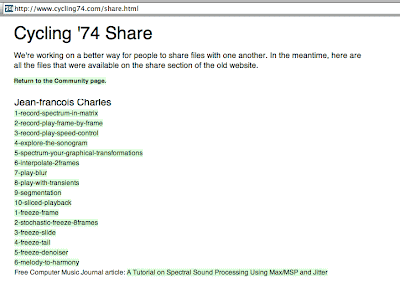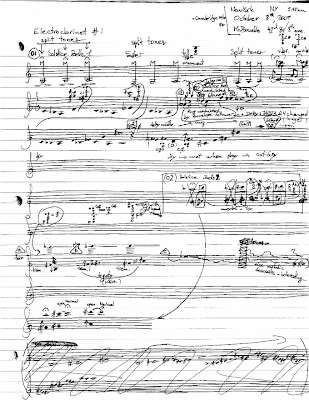Alea III plays a Third Stream Composition

Last year, the contemporary classical music ensemble Alea III performed the première of my composition Viola palustris . It would be fair to speak of Third Stream Music , since the piece is a concerto for a jazz soloist and a classical music ensemble. Watch on youtube: Third Stream Music - Viola palustris by Alea III Alea III, dedicated to new music Alea III is giving his Young Composers' Workshop Concert this Wednesday, January 27th, at 7:30pm in TSAI performance center, in Boston. The exciting program includes new music by the following composers: Graham Dixon (United Kingdom) Kittinger’s Fall Aaron Krerowicz (USA) Asterisk Lina Tonia (Greece) Prismatic Eun Young Lee (Korea) Yeol-doo-dal Mohammed Fairouz (United Arab Emirates) Symphony No. 2 Gon Hwang (Korea) Cosmorleans Concerto Antonis Anestis (Greece) Villa R. (homage à Paul Klee) Miles Bergsma (USA) Phoenix If you are a composer, make sure you check the Alea III's composition competition (you may submit an a...



